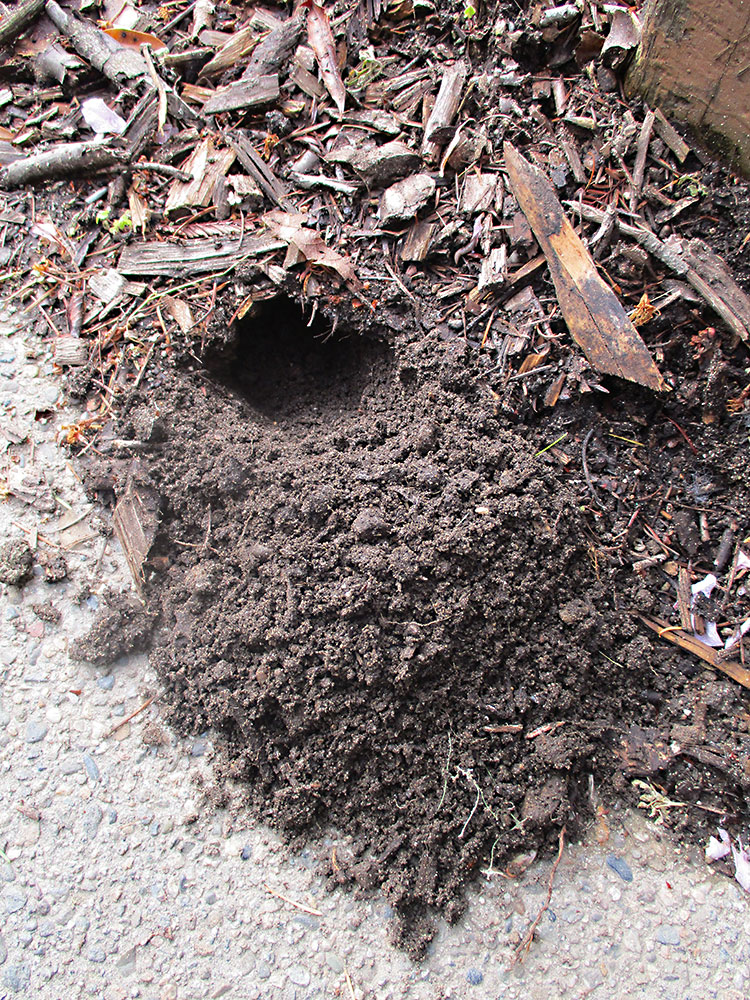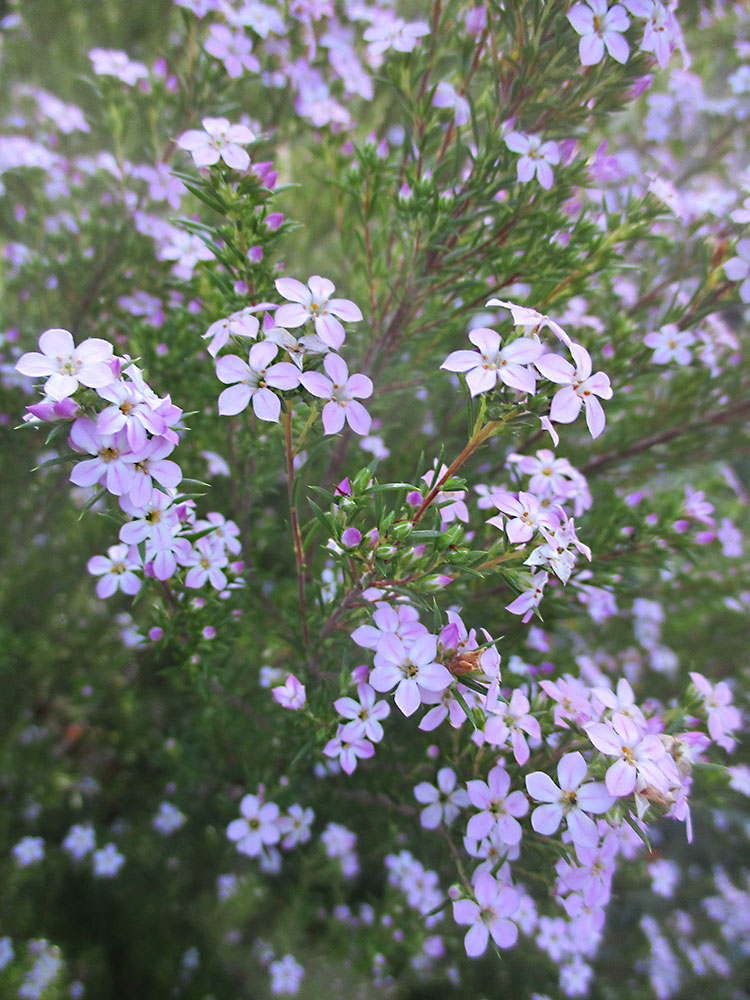By Tony Tomeo
 None of the most problematic rodents here hibernate completely. Only ground squirrels hibernate, but they are rare, and tend to avoid home gardens and refined landscapes. Some other rodents are less active through the cooler parts of winter, but never completely stop eating, chewing and digging up what they want from our gardens. Many will become more active with warming weather.
None of the most problematic rodents here hibernate completely. Only ground squirrels hibernate, but they are rare, and tend to avoid home gardens and refined landscapes. Some other rodents are less active through the cooler parts of winter, but never completely stop eating, chewing and digging up what they want from our gardens. Many will become more active with warming weather.
Gophers are the most destructive rodents right now. They might still be excavating the mud of last winter from their tunnels. They will find plenty to eat as warming weather stimulates root growth of their favorite plants. Young gophers are growing up and leaving home, to excavate more tunnels and consume more vegetation elsewhere. They are more numerous now than they will be all year.
Squirrels are not so industrious. For now, they are destructive only if they dig out recently planted seedlings and bedding plants, or eat flowers and freshly emerging foliage. They should otherwise be temporarily satisfied with acorns that they hid late last year. They will become more of a problem as they eat ripening fruit, nuts and maybe vegetables later in summer. Some might chew bark.
Rats are sneakier than squirrels. They are not as destructive to ripening nuts and stone fruits, but do eat some of what falls to the ground. Although not a problem for the garden, well-fed rats infest adjacent homes, where they cause serious damage. At this time of year, rats sometimes ruin citrus fruit. They eat the pulp out from the rinds of oranges and tangerines, and the rind off of lemons.
Rodents are nearly impossible to exclude completely and safely from gardens. Poisons are too dangerous to be practical around the home, particularly if there are dogs or cats anywhere nearby. Traps are safer and effective, but require diligence. Also, some traps are difficult to set. Each type of rodent exhibits distinct characteristics. That which controls one type is ineffective for another.
Sanitation and vegetation management deters some rodents by depriving them of sustenance and nesting sites.
•••
Breath of Heaven
Bloom may not wait until spring. Breath of Heaven, Coleonema pulchellum, can start to bloom late in winter if it chooses to. After another more prolific bloom phase sometime in spring, sporadic bloom can continue until autumn. The delightfully pale lavender pink flowers are tiny, but abundant during bloom phases. A few are likely to linger after the main phases, until another phase begins.
The straight species is not as popular as it formerly was. It gets to be approximately five feet tall and broad, or a bit bigger if crowded. Nowadays, most Breath of Heaven are ‘Compactum’, which do not get much taller than three feet, with delightfully wispy light green foliage. ‘Sunset Gold’ has bright greenish gold foliage that stays lower than two feet. All have impressively aromatic foliage.
Breath of Heaven is best where it does not need much pruning for confinement. Frequent shearing compromises foliar texture and inhibits bloom. Partial shade likewise inhibits bloom, although it can also promote an appealingly sparser and wispier foliar texture. Unfortunately, Breath of Heaven does not live for very long. Even the healthiest and oldest specimens may not last twenty years.
•••
Horticulturist Tony Tomeo can be contacted at tonytomeo.com.


